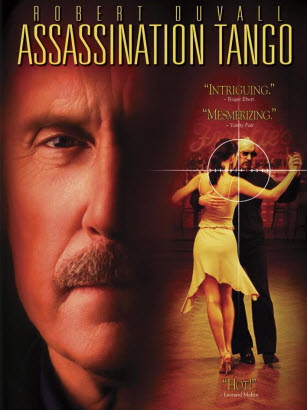The image is etched into cinematic history: a couple entangled in a primal, violent dance, their bodies a whirlwind of raw emotion. This is the scene from “Last Tango in Paris” that became both infamous and iconic, a moment that polarized audiences and sparked debates that continue to this day. But what exactly makes this scene so powerful, and why does it continue to resonate with us, nearly half a century after its release?

Image: pasionbandasonora.blogspot.com
This isn’t simply an act of sexual violence; it’s a depiction of the depths of human emotion, of love and destruction intertwined in a chaotic tango. To truly understand the scene, we need to dive into the context: the film’s themes, the director’s vision, and the cultural zeitgeist of the time.
Beyond the Controversy: Exploring the Context
The Unflinching Reality of “Last Tango in Paris”
The film itself, directed by Bernardo Bertolucci, is a brutal, unflinching exploration of love, loss, and the raw, often messy nature of human connection. It follows the story of a young American man, Paul, who seeks solace in the arms of a French woman, Jeanne, after the suicide of his wife. Through their passionate but troubled affair, the film examines themes of grief, sexual liberation, power dynamics, and the complexities of love, often pushing the boundaries of what was considered acceptable in cinema.
The Scene’s Controversial Nature
The infamous scene, which takes place in an apartment full of butter, depicts Paul and Jeanne engaging in a violent and unorthodox sexual encounter. This scene was met with widespread controversy upon its release, and remains a subject of debate even today. Some viewers interpreted it as depicting sexual assault, while others saw it as a powerful expression of grief, anger, and desperation.

Image: yesofcorsa.com
The Director’s Vision and the Actors’ Perspective
Bernardo Bertolucci, the film’s director, has consistently maintained that the scene was intended to be a powerful exploration of the emotional and physical intensity of their relationship, not a depiction of assault. The actors involved, Marlon Brando and Maria Schneider, have offered complex and sometimes conflicting perspectives on the scene. While Brando defended Bertolucci’s vision, Schneider later expressed regret about her participation, stating that she felt exploited and uncomfortable during filming. These conflicting accounts highlight the complex and sometimes controversial nature of artistic expression.
Deciphering the Scene: The Power of Symbolism and Emotion
A Dance of Destruction
The scene transcends its sexual nature, serving as a metaphor for the destructive power of their relationship and the raw emotions that drive their actions. The butter, a symbol of both desire and chaos, becomes a physical and emotional barrier between them, representing the unsolvable problems that plague their connection. The scene is not simply a violent act, but a dance of destruction, a chaotic expression of their intertwined emotions.
A Visual Language of Human Emotion
Bertolucci uses powerful visual language to convey the complex emotions at play. The camera’s focus shifts between close-ups, capturing the intensity of their expressions, and wide shots emphasizing the confined space, creating a sense of claustrophobia and tension. The use of lighting creates a stark and gritty atmosphere, further intensifying the emotional volatility of the scene.
The Sound of Passion and Violence
The scene is amplified by its soundtrack, featuring a haunting and unsettling score that mirrors the emotional intensity of the characters’ actions. The score builds and intensifies alongside the violence, culminating in a climax of raw emotion and tension. This combination of visual and auditory elements creates a visceral experience, immersing the viewer in the emotional turmoil of the characters.
The Lasting Legacy of the Scene
Beyond Controversy: A Mirror to Ourselves
The scene has sparked countless discussions about consent, power dynamics, and the complexities of love. There is no one definitive interpretation; the scene remains open to different readings, reflecting the diverse perspectives and experiences of viewers. This ambiguity, rather than detracting from the scene, reflects its power. It acts as a mirror, challenging us to confront our own perceptions about love, violence, and the limits of human expression.
A Catalyst for Cinematic Exploration
The scene’s controversial nature has spurred further exploration of the boundaries of cinematic expression. The film’s boldness in depicting raw human emotion, even in its most uncomfortable forms, paved the way for other filmmakers to explore taboo and challenging themes in new and innovative ways. The scene’s lasting legacy lies in its ability to spark dialogue and challenge viewers to consider the multifaceted nature of love, desire, and the depths of human emotion.
El último Tango En ParÃS Escena
Conclusion: More Than Just a Scene
Ultimately, the scene from “Last Tango in Paris” is more than just an act of violence or a fleeting moment of passion. It is a potent symbol of the complexities of human relationships, the destructive power of unchecked emotions, and the blurred lines between love and violence. It is a scene that continues to provoke debate and challenge our understanding of intimacy, power, and the limits of human expression. It is a scene that, despite its controversial nature, remains a testament to the power of cinema to capture and reflect the full spectrum of human experience, both beautiful and brutal.






